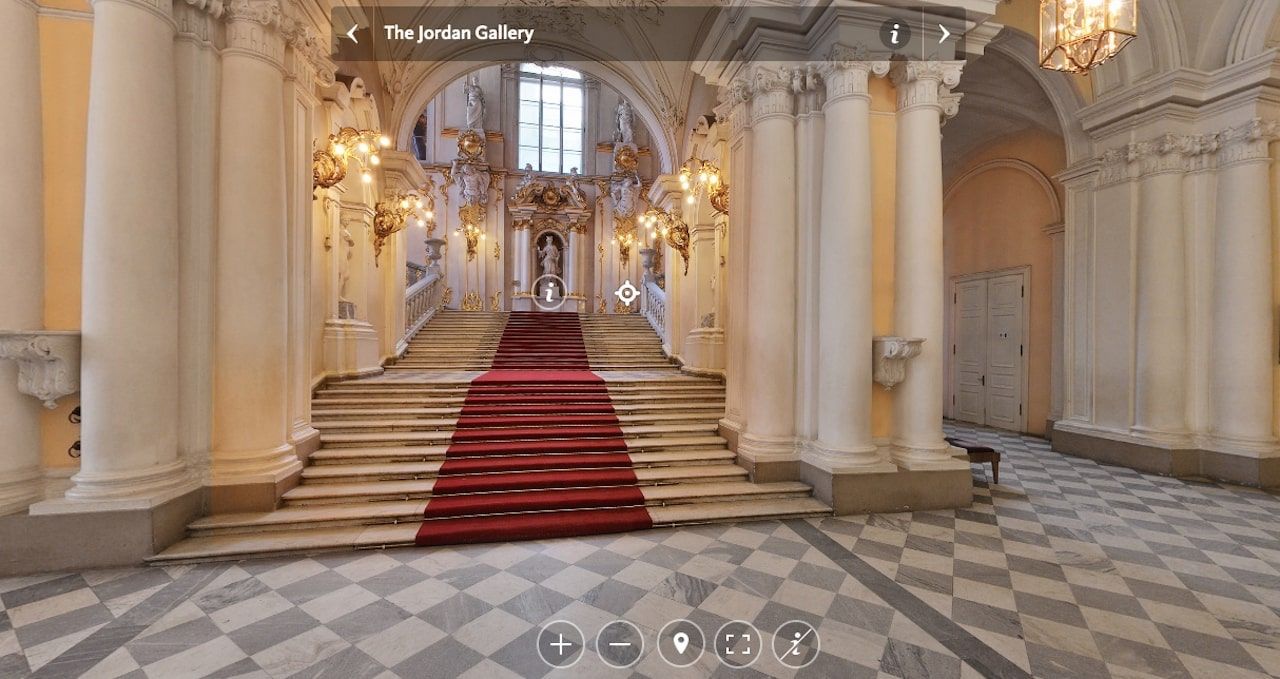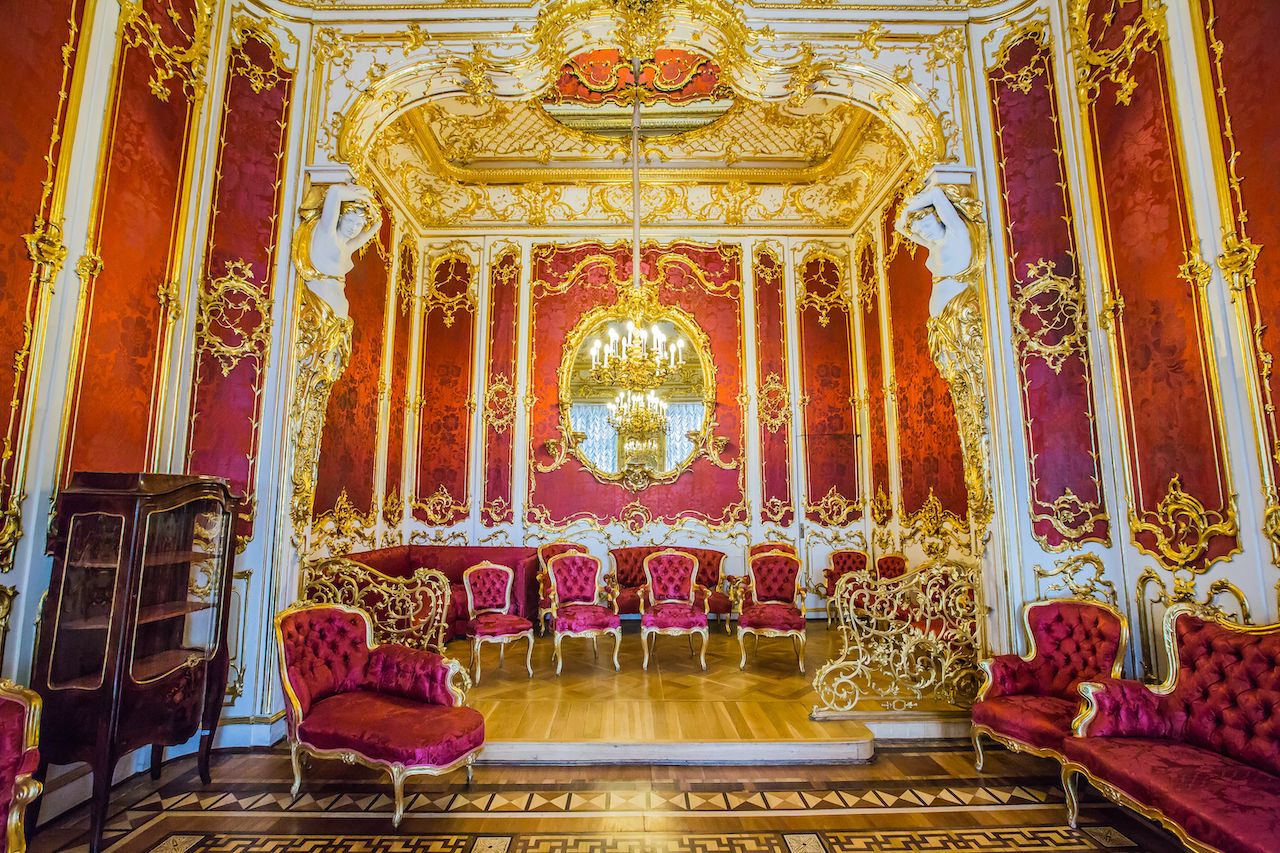As the COVID-19 outbreak forces the world to retreat indoors, museums and galleries are moving into the digital world to make sure their collections remain accessible to the public. The next few weeks or months of home quarantine needn’t be devoid of culture as, via the internet, art aficionados can now virtually visit collections and temporary exhibitions from the comfort of their homes.
Online access experiences can now take you from close-ups of Michelangelo’s Sistine Chapel ceiling in Rome to a five-hour marathon around the Hermitage Museum in St. Petersburg. Aside from a treat for the art enthusiast, these virtual tours might benefit parents looking to inject some culture into their children’s day, or those simply wanting to escape the constant barrage of news. Also, visiting museums has been proven to reduce stress levels, so this online access couldn’t come at a better time. Here are five of the best museums with digital resources.















